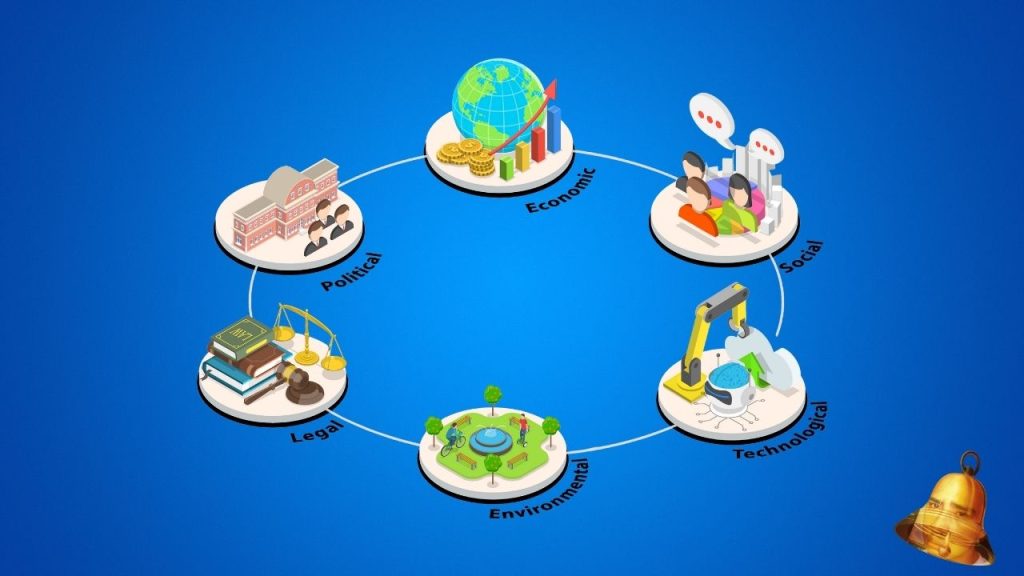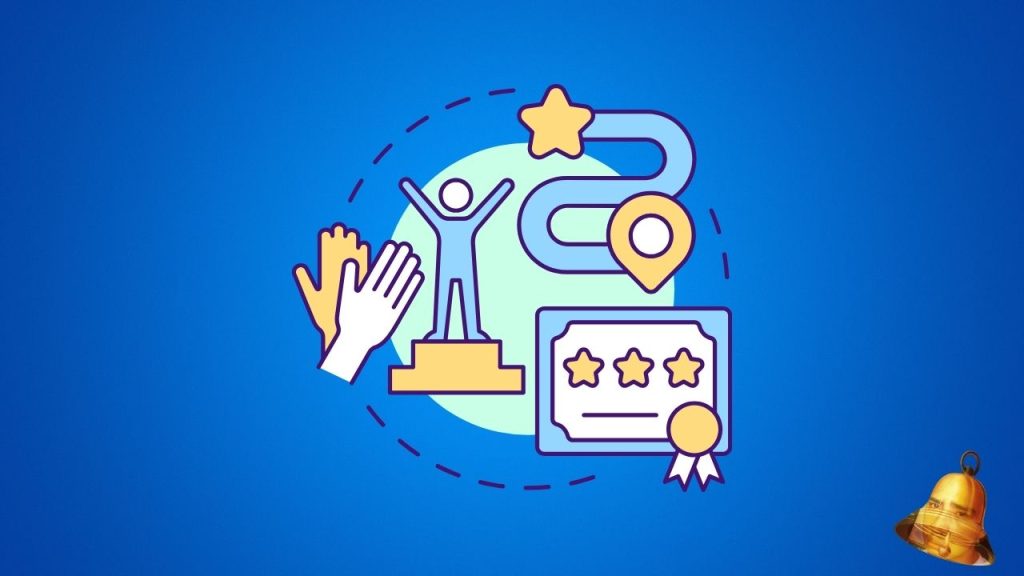Hello welcome to my blog. This time I will share how to make a change plan based on the bagja stages. The bagja stages aim to increase understanding, develop social skills, and foster attitudes of mutual respect and responsibility. Bagja stages are an abbreviation of:

- B: Think positively
- A: Real action
- M: Change bad habits
- A: Maintain consistency
- A: Hone your skills
These bagja stages help us achieve the changes we want in our lives, be they personal, professional, or social changes.
Steps in Creating a Change Plan Based on Bagja Stages
The following are the steps for creating a change plan based on the stages:
Determine the goals of change

Change goals must be clear, specific, and measurable. For example, improving product quality, reducing production costs, or expanding markets.
Identify factors that influence change

These factors can be internal (e.g., human resources, technology, organizational culture) or external (e.g., customers, competitors, regulations).
Analyze the current situation and the expected situation

The current situation is the condition that existed before the change was made, while the expected situation is the condition that is to be achieved after the change is made. This analysis can use tools such as SWOT (Strengths, Weaknesses, Opportunities, Threats) or Force Field Analysis.
Develop a change strategy

A change strategy is an action plan that includes steps, time, budget and responsibilities for implementing change. The change strategy must be in accordance with the goals of the change and the factors that influence it.
Implementing changes

Implementation of change is the process of implementing the change strategy that has been prepared. Implementing changes must involve all related parties and communicate effectively.
Evaluate the results of changes

Evaluation of change results is the process of measuring and comparing the situation before and after the change is made. This evaluation can use indicators such as performance, satisfaction, or impact.
Complete changes

Completing changes is the process of making adjustments or improvements if the evaluation results indicate gaps or problems in the implementation or impact of changes. These improvements may take the form of modification, revision, or termination of the change strategy.
Carry out the action plan with full commitment

Remember your reasons and goals every time you feel tired or bored. Don't forget to ask for support from the people closest to you, such as family, friends or your partner.
This action plan must be in accordance with the BAGJA stages, namely:
B: Think positively
You must have an optimistic mindset and believe that you can make the changes you want. You also have to avoid negative thoughts that can hold you back, such as fear of failure, laziness, or doubt.
A: Real action
You need to start taking actions that support your goals, such as exercise, diet, or studying. You also have to set targets that are realistic and can be achieved within a certain time, such as losing 5 kg in a month, completing one project a week, or mastering one level of a foreign language in three months.
M: Change bad habits
You must identify and eliminate habits that can interfere with achieving your goals, such as snacking, procrastinating, or being lazy. You should also look for new habits that can help you, such as drinking water, making a work schedule, or joining a study community.
A: Maintain consistency
You must be consistent in carrying out your action plan and not be easily tempted to return to old habits. You should also carry out regular evaluations to see your progress and adjust your action plan if necessary.
A: Hone your skills
You must continue to learn and improve your abilities related to your goals, such as reading books, taking online courses, or finding a mentor. You also have to appreciate yourself for the achievements you have achieved and celebrate them in a positive way.
Benefits of Making a Change Plan Based on Bagja Stages
Creating a change plan based on the Bagja Stages has many benefits, including:
Helps us set specific, measurable, achievable, relevant and time-bound (SMART) goals

SMART goals will give us clear direction and focus in making changes. For example, if we want to improve our physical health, we can set a goal such as: "I will exercise at least 30 minutes every day for 3 months".
Encourages us to identify needed resources

Internal resources can be strengths, abilities, knowledge, or positive attitudes that we have. External resources can be people who can provide support, advice, or assistance, such as family, friends, mentors, or professionals. By knowing the resources we have and need, we can utilize them optimally to achieve change goals.
Allows us to anticipate obstacles or challenges that may be faced

Obstacles or challenges can be internal factors, such as laziness, fear, or doubt, or external factors, such as lack of time, money, or facilities. By making a change plan, we can be aware of the obstacles or challenges that may arise and plan strategies to overcome them. For example, if we feel lazy about exercising, we can look for friends who will invite or remind us to exercise together.
Providing us with clear and structured guidelines or steps

By making a change plan, we can determine what to do, when to do it, and how to do it. This will help us to manage time, energy and other resources well. Apart from that, by having clear and structured guidelines or steps, we can more easily measure the progress and results of the changes achieved.
Facilitates us to carry out evaluation and reflection regularly

By making a change plan, we can set criteria or indicators for the success of the change we want to achieve. This will make it easier for us to evaluate and reflect on whether the change goals have been achieved or not, what has been done successfully and what needs to be improved. By carrying out regular evaluations and reflections, we can find out our strengths and weaknesses in the change process and make adjustments or improvements if necessary.
Increase our motivation and commitment to change for the better

By making a change plan, we can see the big picture of the change goals we want to achieve and the benefits that will be obtained from these changes. This will give us encouragement and reasons to change for the better. Apart from that, by making a change plan, we can also celebrate every achievement or progress that has been made in the change process. This will give us a sense of satisfaction and pride in the efforts we have made and enthusiasm to continue trying.
That's how to make a change plan based on the stages. Hopefully this article is useful and can help you achieve the changes you want. Good luck and always be successful!


